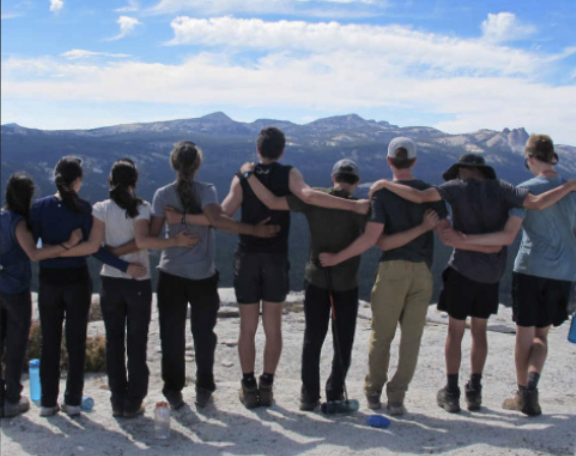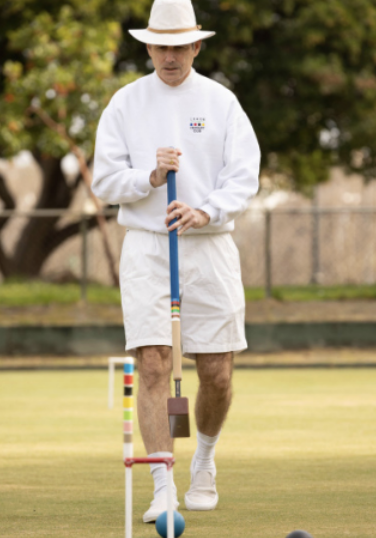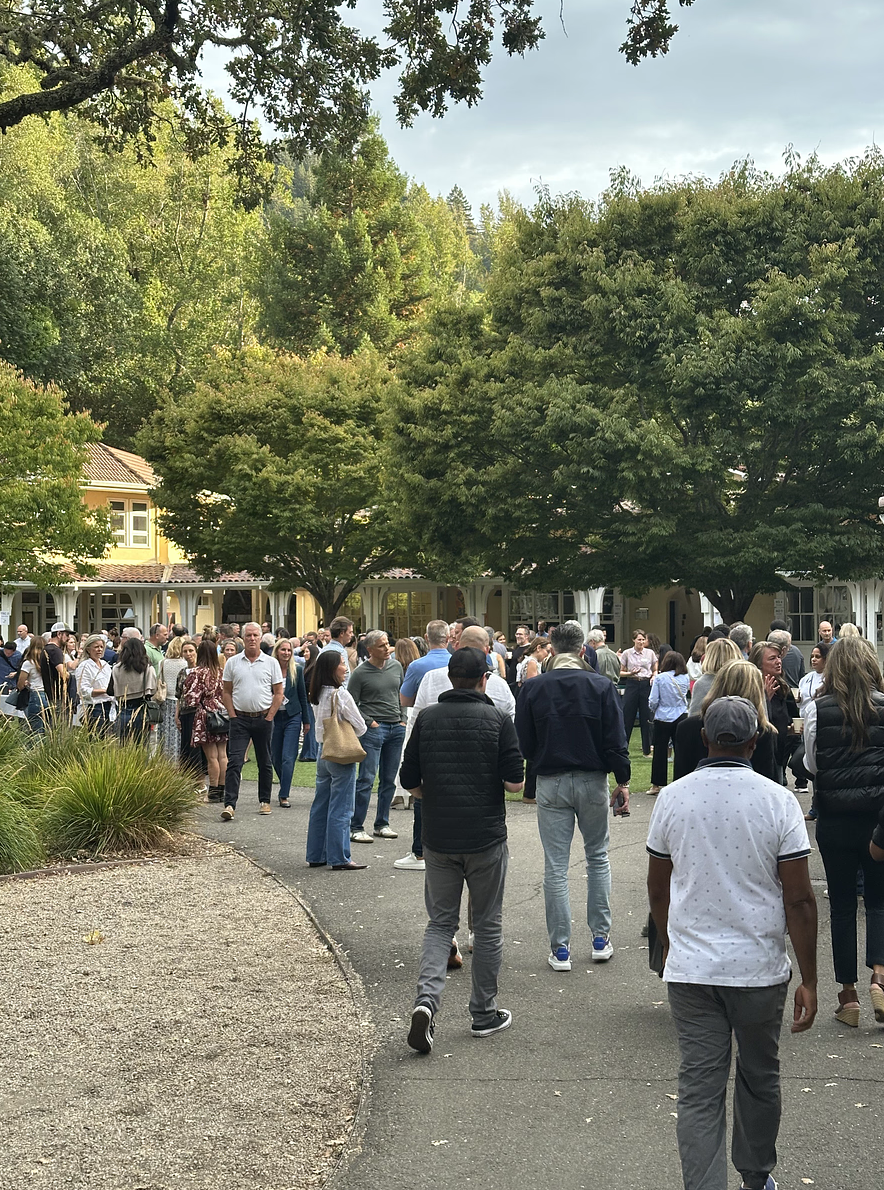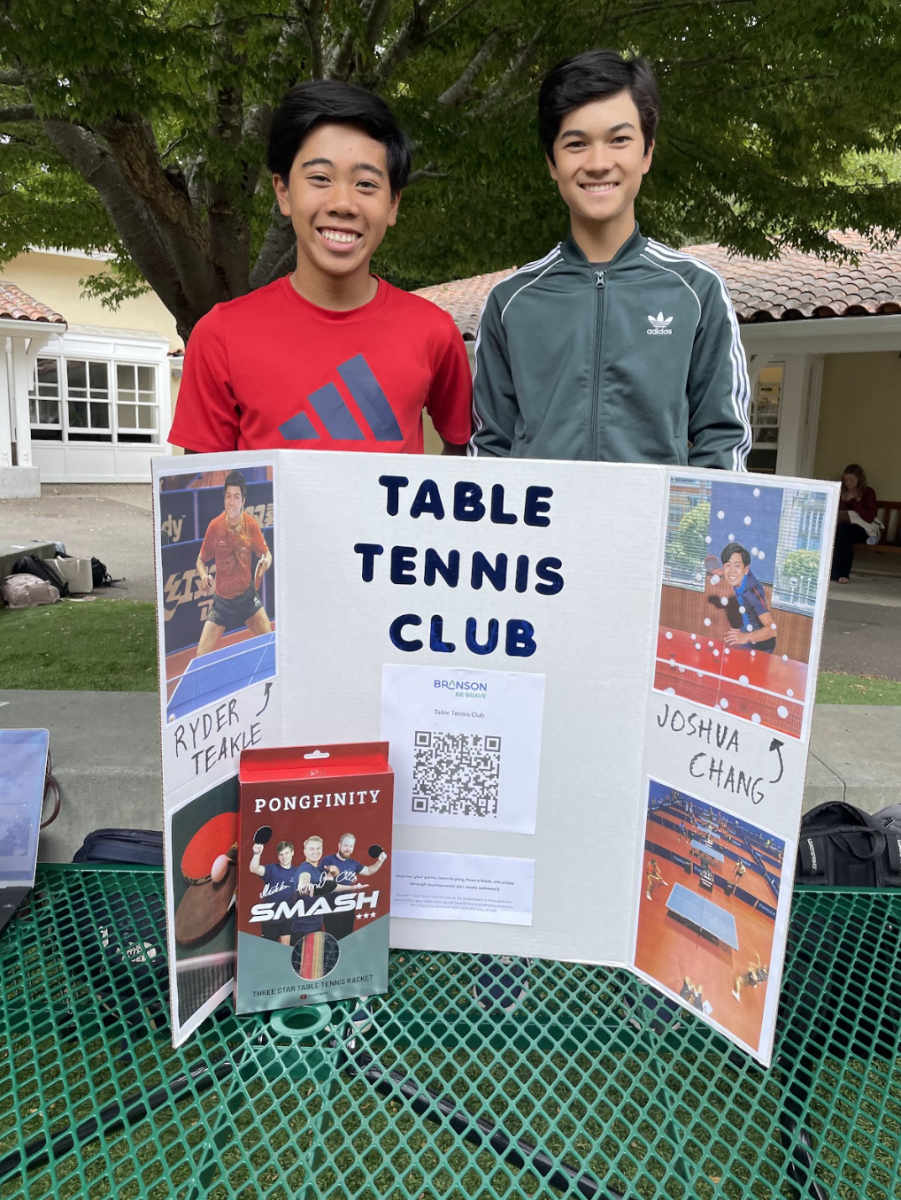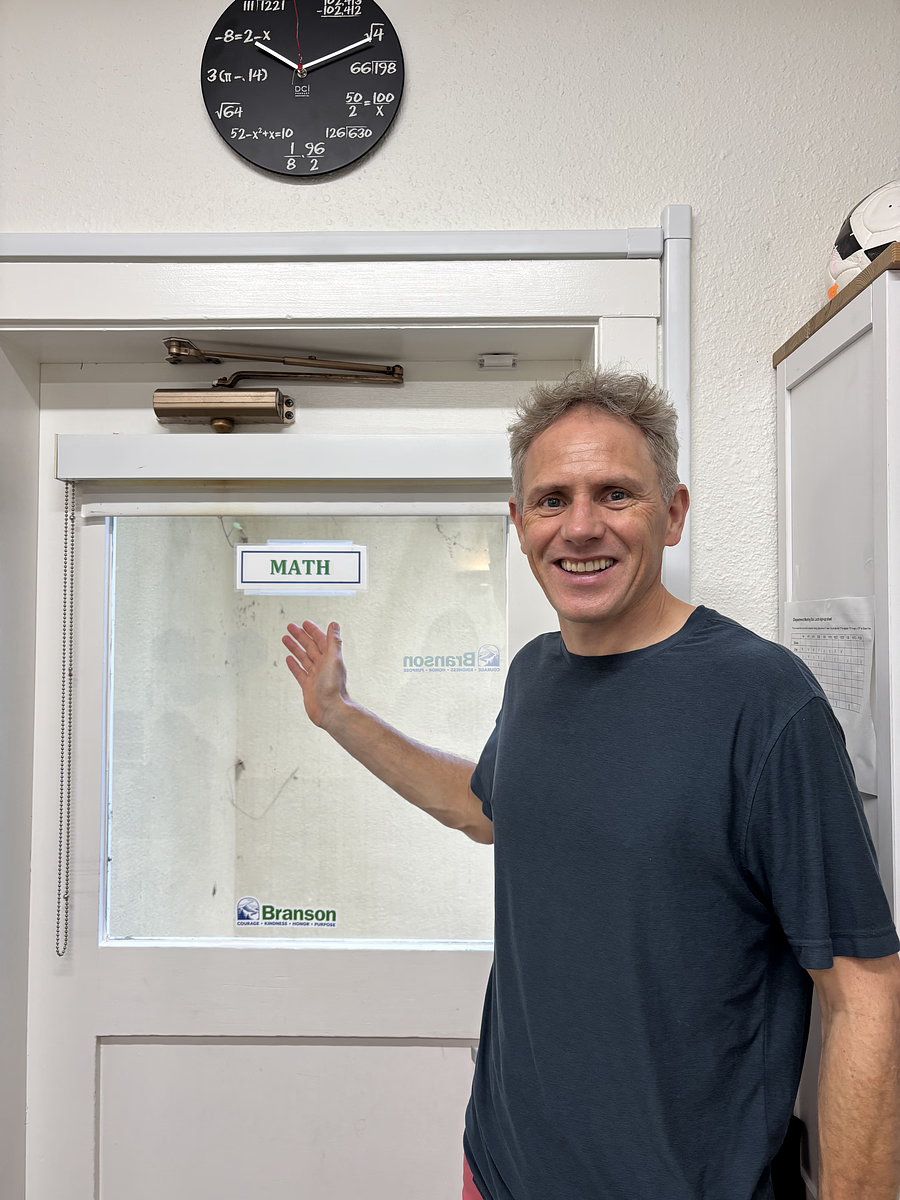Peer tutoring at Branson has grown significantly over the past academic school year, evolving into a more visible, accessible and engaging academic resource for students with a commitment to fostering a supportive environment.
Peer tutoring has been an organization at Branson for several years and since fall 2024, the focus has been on ensuring that peer tutoring is not only available but also widely recognized as a go-to resource for students seeking support.
“Since the start of the [school] year, we have been doing a lot of thinking behind the scenes about how to make peer tutoring accessible, make it feel welcoming,” said Paul Buckley, who joined Branson in spring 2024 and serves as the faculty adviser to the peer tutoring committee.
Buckley hopes that “when students at Branson feel like they’d like extra help and support […] peer tutoring comes to mind as an option.”
To achieve this goal, Buckley notes how the team “has an app set up, a study hall in the library, and have been thinking about how to get peer tutors out in front of students” which they do through their emerging TA program where teachers can request tutors to assist with in class activities.
This may be used for essay workshop days or review days, so teachers have an extra set of knowledgeable hands available to collaborate with students. One of the biggest challenges the program has worked to overcome is the stigma that sometimes surrounds seeking academic help. Many students hesitate to attend tutoring because they fear it signals a lack of ability.
“Peer tutoring isn’t about being unable; it’s more about being able to ask for help if you want it or need it,” peer tutor Caroline Jordan ’27 said.
Tutors emphasize that they are not there to act as teachers but rather to serve as collaborative partners in learning.
“We’re just another mind to work with. Even if I don’t know more than the person on their homework, it’s about figuring it out together instead of struggling alone,” Jordan said.
The work into improving peer tutoring has paid off, with more students taking advantage of the resource and teachers seeing its benefits firsthand. However, the team continues to make adjustments based on turnout and student needs.
“When there wasn’t great attendance, we thought, ‘Okay, how can we fix this?’” Buckley said. “We started in Study Hall A, but no one was there, so we moved it to the library where more people are. It’s all about making it more visible.”
One of the key insights from this process has been the importance of establishing trust and credibility among students before they will fully embrace this program.
“That’s why we started the TA program; to bring peer tutors into classrooms, study sessions and review days, so students can see firsthand that we have an amazing group of peer tutors,” said Buckley.
For students who have never attended a peer tutoring session, Jordan and Buckley stress: It’s a low-pressure, supportive space where they can get help and connect with peers.
“It’s good to get involved in as many things as possible, especially as a freshman” as “you can connect with other students, especially upperclassmen.” said Jordan.
“It’s non-evaluative, it’s non-judgmental,” said Buckley. “None of the peer tutors want to judge their peers. The tutors are amazing [and] care so much about supporting each other and other students.”
Those with any lingering queries or concerns should know peer tutoring isn’t locked in commitment after one attendance.
“If you come and don’t like it, you never have to come back,” Buckley said. “But at the very worst, you’re going to hang out with nice, cool people and maybe even make a friend.”

